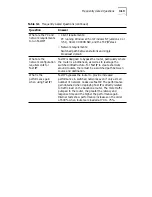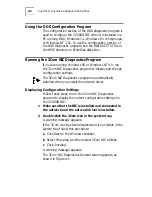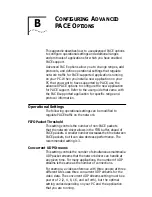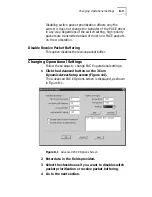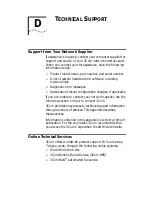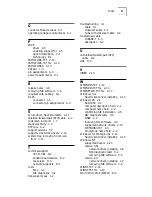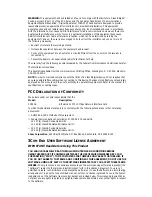
B-2
A
PPENDIX
B: C
ONFIGURING
A
DVANCED
PACE O
PTIONS
Although a video server can support up to 32 connections,
a client may want to conference with only four other
people at a time. The recommended setting is 16.
Low-Priority Ratio
When PACE support is enabled, high-priority packets
are always transmitted before low-priority packets. If a
high-priority, PACE-supported application sends out a
sufficiently large number of high-priority packets, then
low-priority packets from other PACE-supported applications
may not be sent.
To prevent this problem, the PACE driver uses a ratio
setting to periodically send out a low-priority packet (if a
low-priority packet is waiting to be sent). For example, if a
value of 100 is entered, one low-priority packet would be
sent for every 100 high-priority packets. The recommended
setting is 25.
Natural Packet Interval
The PACE driver slightly modifies the Ethernet packet to
facilitate communication of packet priorities to interconnect
devices (repeaters, switches, and the like). Consequently,
connection problems may result when these modified
packets are sent out for long periods, during which no
low-priority packets are sent. To get around this problem,
the PACE driver can be configured to periodically send out an
unaltered, natural packet. The recommended setting is
180 (seconds).
Option Descriptions
The following advanced options can be enabled or disabled
to regulate packets.
Disable Switch Packet Prioritization
This option disables modification of Ethernet packets used
for prioritization of multimedia traffic within 3Com switch
products. For example, disabling switch packet prioritization
can sometimes prevent multimedia-connection failures
between a PACE-enabled workstation and a non-PACE
workstation.


